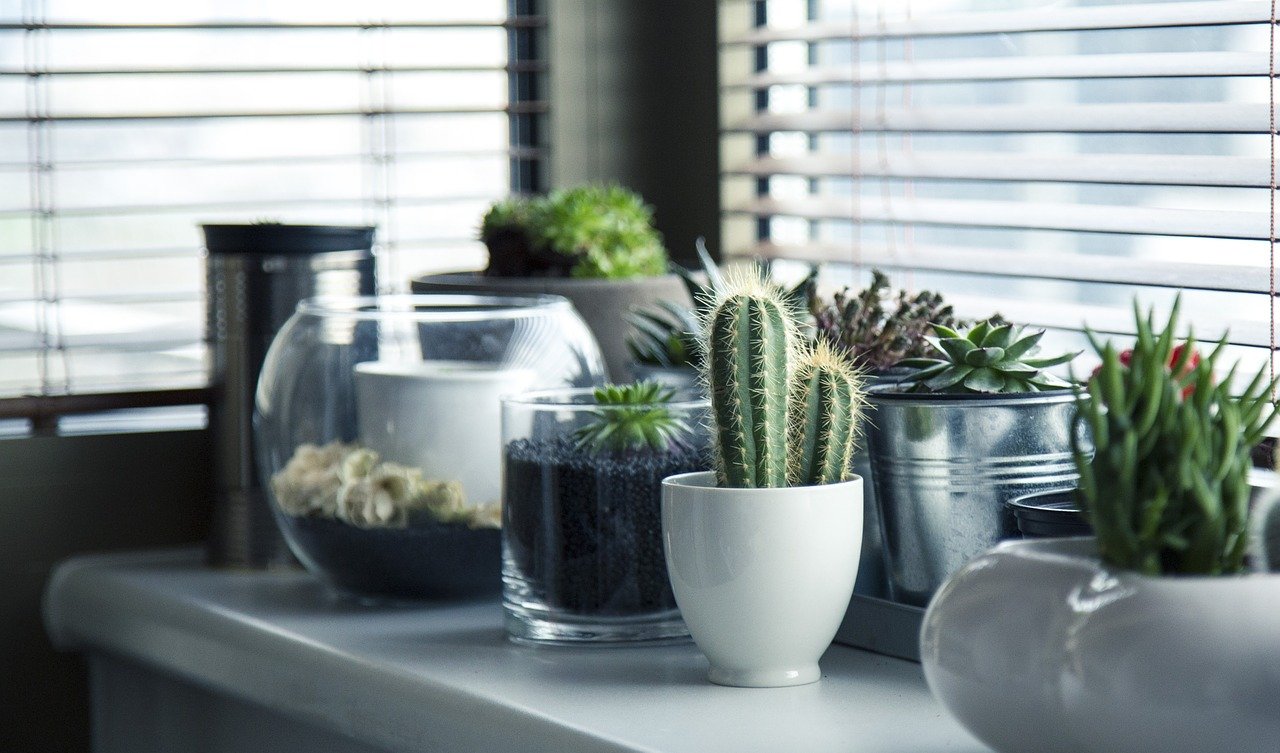Filling your home with plants can bring the beauty of nature to domestic spaces and liven up otherwise drab decor in a matter of minutes.
Of course all plants are living things, and so you need to put a plan in place to care for and maintain them over time.
If you don’t know where to start when it comes to looking after indoor plants, the following tips will help you avoid the most common mistakes new plant owners make.
Use proper lighting
Different plants need different levels of light, and sometimes you can starve indoor examples by tucking them away in a dark corner or putting them in a position where they are overly exposed to the sun’s rays throughout the day.
The solution is to use an indoor grower light kit that provides the type of UV light which certain types of plants will need to thrive.
Of course you should also consult guides to work out just how much light the plants you place in your home require, so that you can get the balance just right.
Avoid overwatering
You might assume that most house plants perish because they do not get enough water, but often the opposite is true. Overzealous watering of plants can be just as damaging for them, causing root beds to rot and killing them from the bottom up.
While there are of course different watering needs depending on the plant in question, a good rule of thumb is to literally use your thumb to check the soil.
If it is at all moist, then the plant probably has plenty of liquid to keep it ticking over for now. If the soil is dry to the touch, then you can indulge in a watering session.
Water in the right way
When you do go to water indoor plants, don’t treat them as roughly as you might their outdoor equivalents.
First, consider the temperature of the water. If what comes out of your taps is very cold, then warming it a little first is advised, although obviously do not go too much higher than room temperature.
Next, focus on watering the plant right down at the base; don’t worry about getting moisture on the leaves, as doing so could perpetuate health problems for the plant.
Also, avoid overegging it with the water all in one go. Instead, pour it on over the course of a few tips of the receptacle you are using, allowing the last lot to soak into the soil.
Lastly, remember that spritzing plants may be fun, but doesn’t always help them. A spray bottle and all waxy-leafed house plants are a bad combination for example, while others which draw moisture from the air through their leaves, such as ferns, will welcome this treatment.
Be aware of the danger signals
Looking after house plants is an art more than a science, so you need to be sensitive to the signs that an indoor plant is struggling and act accordingly.
Many of these signals manifest in the leaves. If they are yellowing, then several issues may be arising, including excessive wetness or dryness, or a temperature issue. Further investigation will be needed.
If the leaves lack turgidity, or look wrinkly, then the plant will need to be hydrated. If they are falling off, a lack of light might be to blame.
Finally, make sure that any plants you buy are in good health at the point you pick them. Should the signs of maltreatment or disease be apparent before you commit to a purchase, it is better to opt for a healthier alternative.






